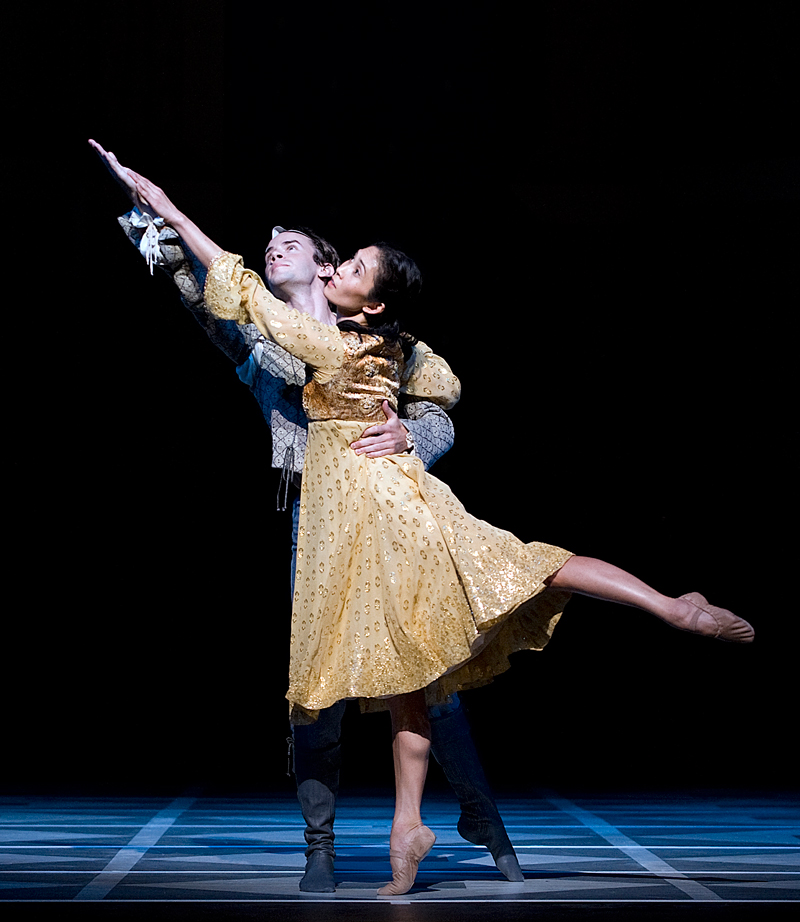
Romeo & Juliet, On Motifs of Shakespeare
Premiere
The Richard B. Fisher Center for the Performing Arts at Bard College
Sosnoff Theater
A Fisher Center for the Performing Arts at Bard College/Mark Morris Dance Group production in association with barbicanbite08, London; Cal Performances, Berkeley; Harris Theater for Music and Dance, Millennium Park, Chicago; Krannert Center for the Performing Arts, University of Illinois at Urbana-Champaign; Lincoln Center for the Performing Arts; Virginia Arts Festival; and The Shelby and Frederick Gans Fund.
Media Gallery
- images
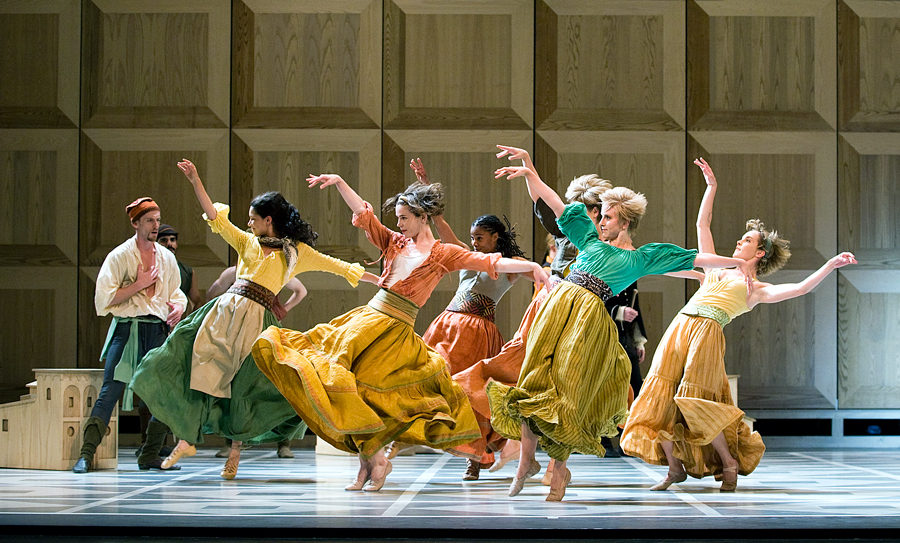
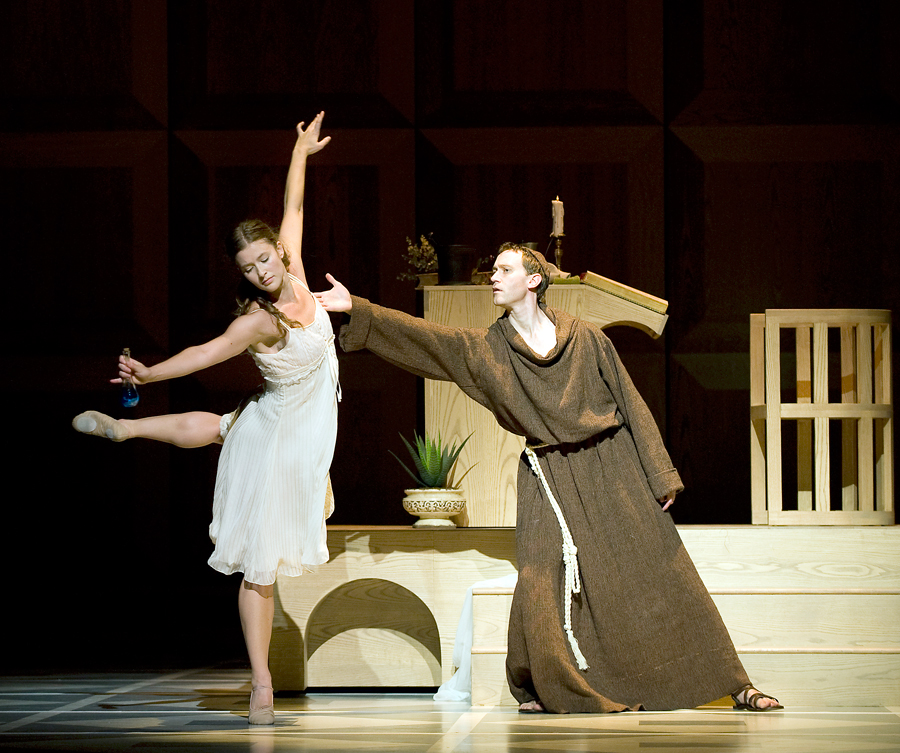
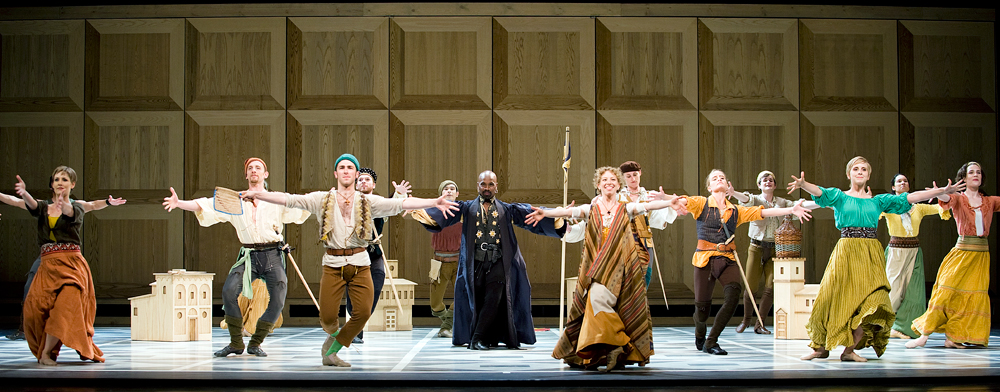
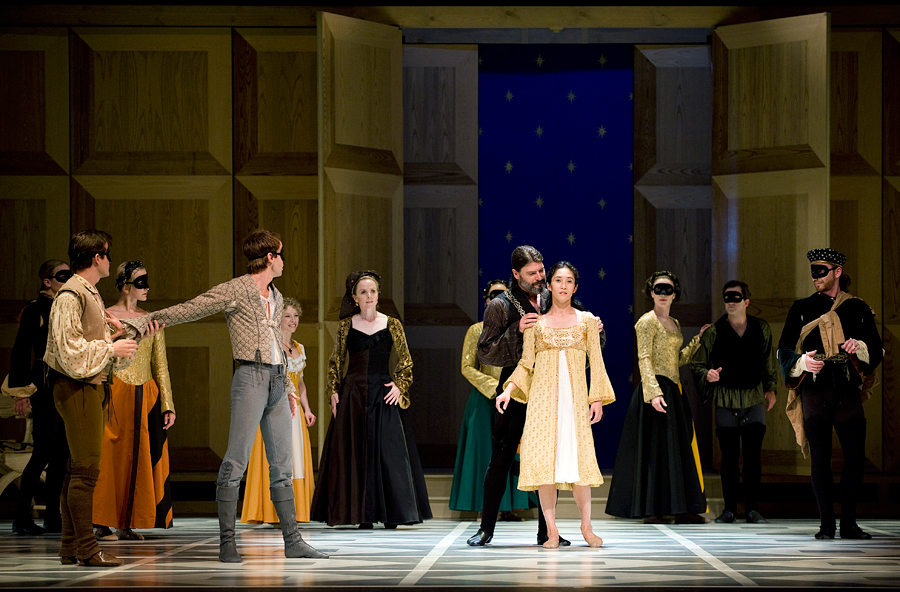
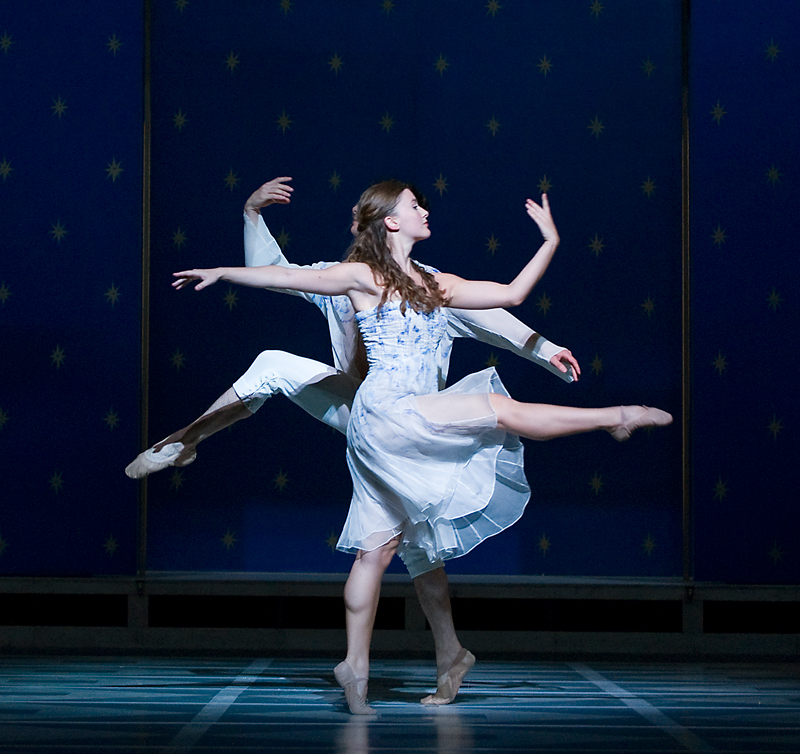
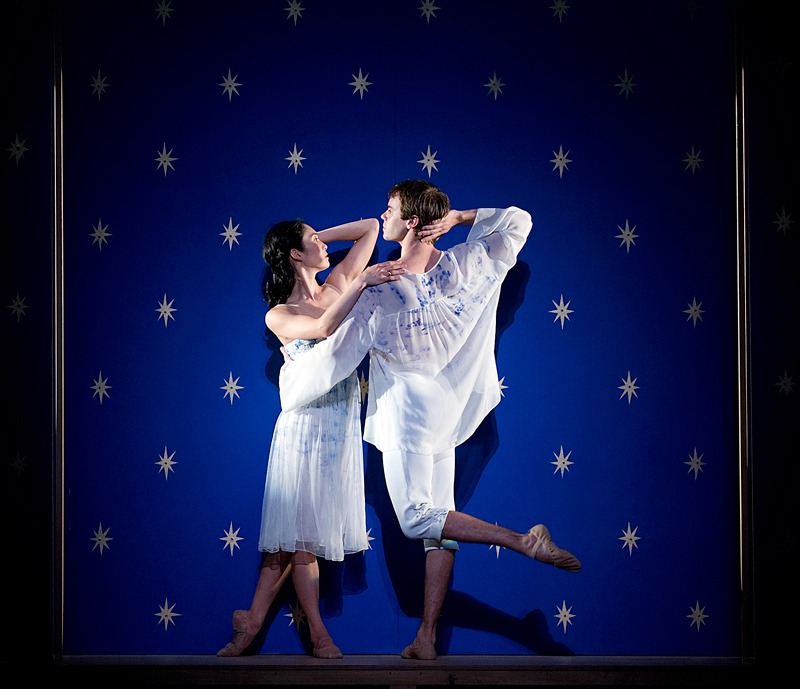
Details List
| Choreography | Mark Morris |
| Music | Sergei Prokofiev - Romeo & Juliet, On Motifs of Shakespeare, Op. 64 |
| Scenic Design | Allen Moyer |
| Costume Design | Martin Pakledinaz |
| Lighting Design | James F. Ingalls |
| Instrumentation | Symphony orchestra |
| Number of Dancers | 24 |
| Runtime | Act 1: 48 min; Act 2: 39 min; Act 3/4: TBD |
Details
Tragedy to Transcendence
It is perhaps hard to imagine that Romeo & Juliet, arguably the most popular ballet for the twentieth century, has never been performed as the composer intended. Sergey Prokofiev endured five years of artistic and political interference before seeing the ballet premiered. This production of the ballet seeks to correct a historic wrong. It is a new production based on exclusive archival research conducted in Moscow by musicologist Simon Morrison.
Prokofiev conceived the ballet in 1935 in collaboration with innovative Soviet dramatist Sergei Radlov, who re-imagined the familiar tragedy “as a struggle for the right to love by young, strong, and progressive people battling against feudal traditions and feudal outlooks on marriage and family.” Prokofiev then set down to work, creating a score that involved transcendence, not tragedy.
What followed has no parallel in ballet history. The artistic climate in Stalin’s Russia darkened: in dance, music, and drama, timidly conservative neoclassicism supplanted exciting, accessible innovation. Not only was Prokofiev forced to rewrite the ending of the ballet – replacing the entire fourth act with an epilogue, he was forced to insert large-scale solo dances breaking up the dramatic flow. A divertissement involving three exotic dances in act III was scrapped for logistical reasons. The Kirov Theater dancers complained about the difficulty of the rhythms; the original choreographer, Leonid Lavrovsky, insisted on a thickening of the orchestration. As the demands piled up, Prokofiev became increasingly frustrated, but each time, he complied with them. The ballet received its Russian premiere in 1940. When Prokofiev saw it, he had a hard time recognizing his own music. He pleaded for the changes to be undone, to no avail.
“The opportunity to present the premiere of one of the greatest full-length works for dance in its original form—the one completed by the composer without regard to the pressures of Stalinist censorship—is thrilling,” said Leon Botstein, co-artistic director of the Bard Music Festival, music director of the American Symphony Orchestra, and president of Bard College. “This is one of the few, genuinely significant, moments of discovery. And if that were not enough, the opportunity to collaborate with Mark Morris, a choreographer uniquely attuned to music, promises to make the occasion memorable and historic.”
> Read the synopsis of the original ballet with an introduction by Simon Morrison
> Read about the newly recovered score and how it was prepared for performance
Sergey Prokofiev’s Romeo & Juliet, On Motifs of Shakespeare, Op. 64, restored by Simon Morrison, is performred with exclusive permission of the Prokofiev Estate and G. Schirmer Inc., the bearers of the rights to the music. Source materials used in this production are provided by the Russian State Archive of Literature and Art.
Supported in part by the National Endowment for the Arts and the Rudolf Nureyev Dance Foundation.
Funded in part by the National Dance Project of the New England Foundation for the Arts, with lead funding from Doris Duke Charitable Foundation. Additional funding provided by The Ford Foundation, The Andrew W. Mellon Foundation, and MetLife Foundation.
Press Quotes
-
""Under the haunting modulations of James F. Ingalls' lighting… Morris' skill at ensemble patterns takes on an emotional richness… Morris is congenitally incapable of making a dance that doesn't have some breathtaking, beautiful moments.”"
San Francisco Chronicle -
"“Within the established framework, Morris tweaks the scenario ingeniously…(He) casts his dancers interestingly, and they respond with gusto.”"
The Village Voice

